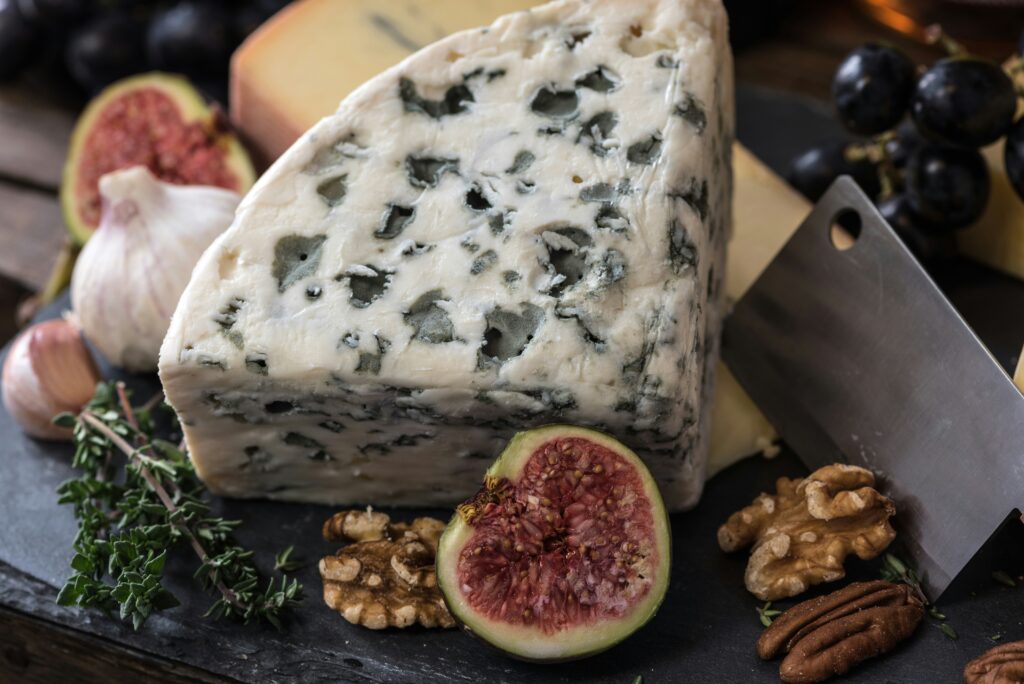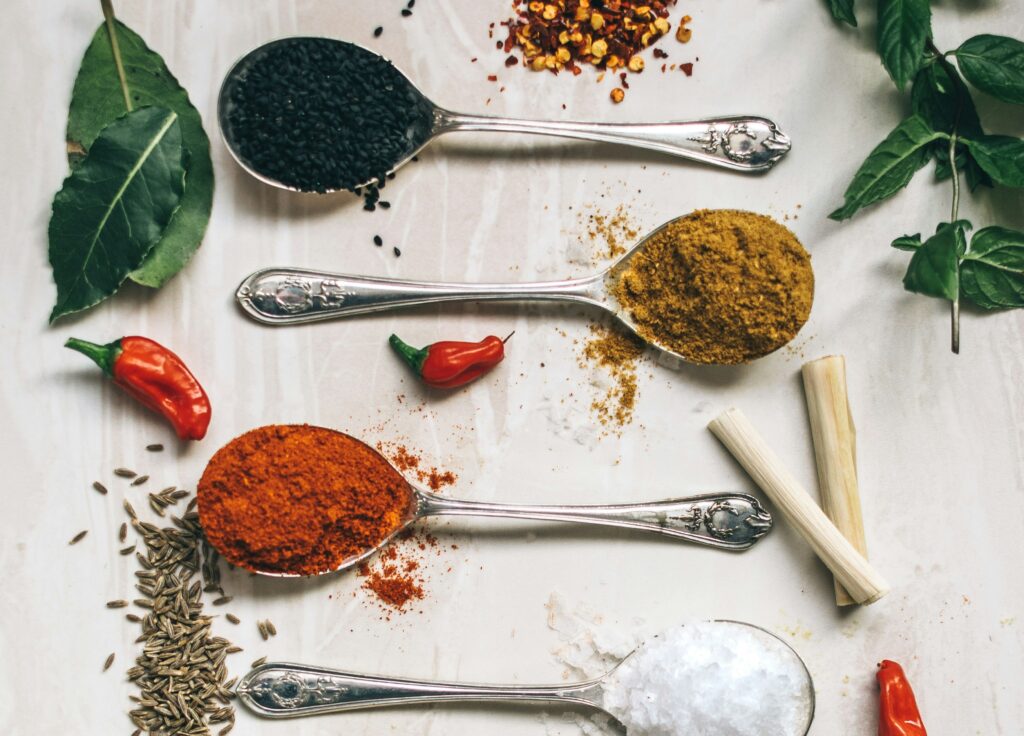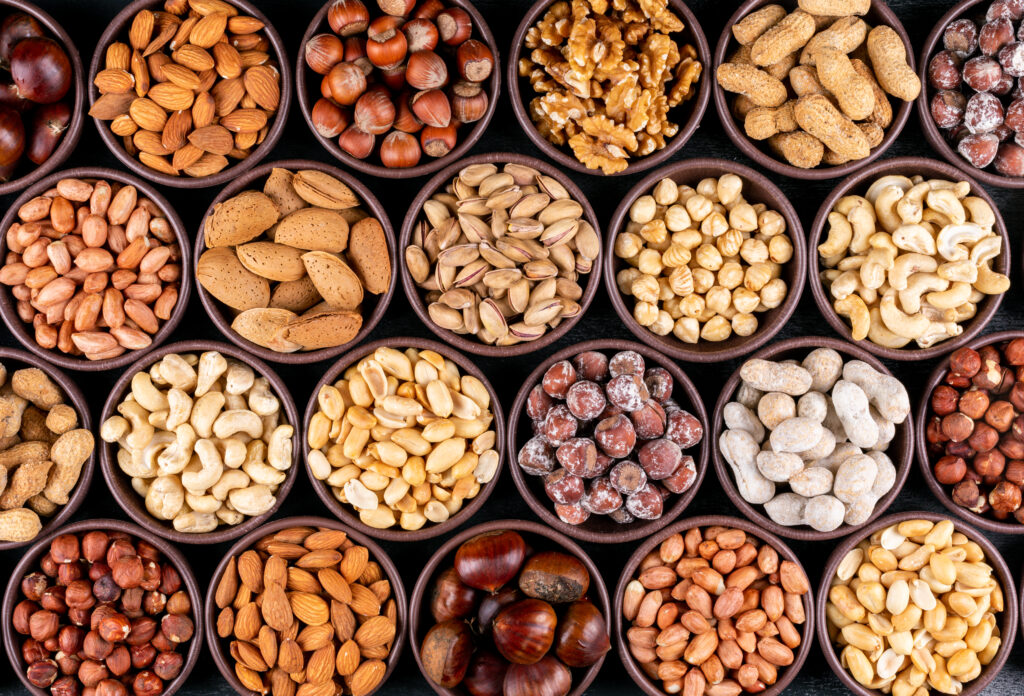A year ago, I felt indifferent to any talk about eating healthy. I knew, deep down, that I should care about it, that it mattered for my health. But I’d always think, I’m still young and healthy enough; I can afford to postpone thinking about it.
One of the courses I took last year gave me a real scare. I realised the strong connection between diet and health, which made me want to learn more about nutrition and healthy living.
When I started learning about healthy eating, I was shocked by how little I knew. This article is a summary of the things I’ve learnt about gut health.
Why is gut health so important?
What comes to mind when you hear the words ‘gut health’? If you’re like me, you probably think of fibre and water for bowel movements and call it a day.
However, gut health affects many important functions in your body, including your immune system, inflammation, mental health, and satiety signals, among others. I’ll focus on the gut microbiome (the community of microorganisms in your digestive system) because it plays a crucial role, and its composition is closely linked to diet.
Did you know that up to 95% of serotonin in the body is produced in the gut? The microbiome has been shown to influence serotonin levels there. This serotonin, produced in the gut, impacts your immune system and inflammatory response. Inflammation is a normal part of the immune system, but it becomes problematic when it becomes chronic. Chronic inflammatory diseases such as stroke, obesity, and diabetes account for 3 in 5 deaths globally. While a healthy gut microbiome is not the only factor in minimising chronic inflammation, it is a significant one.
Your gut microbiome contains both good and bad bacteria. Good bacteria produce chemicals that benefit the body and improve serotonin levels. To improve gut health, you want to eat more foods that contain good bacteria and other beneficial microbes (probiotics) and foods that nourish these good microbes (prebiotics) so they can multiply. Prebiotics are just as important as probiotics.
You may also want to careful when using antibiotics, as they don’t discriminate between good and bad bacteria and can wipe out both. Be sure to consult your doctor or healthcare professional before taking them.
Food for your Gut.
What are probiotics? Probiotics are foods that contain communities of beneficial bacteria. Examples include fermented foods such as yogurt, kefir, kombucha, cheese, sauerkraut, kimchi, munkoyo, and tobwa. It’s also easy to ferment your own vegetables at home. However, not all store-bought yogurt or cheese may contain live bacteria, so that’s something to watch out for.

What are prebiotics? Prebiotics are typically foods that are high in fibre. Most of the good bacteria live in the large intestine, and their main source of nutrition is fibre. As food passes through the gut, fibre isn’t absorbed in the small intestine like other nutrients and instead makes its way to the large intestine. High-fibre foods include vegetables, nuts, whole grains, and fruits.
Diversity is key. There are different species of good bacteria in your gut which require different types of fibre to thrive. Eating a variety of plants helps promote the health of these various species. A general rule of thumb is to aim for 30 different plant per week. You may have heard of “5 a day,” this is an extension of that idea.
One to thing to check is if food has fibre in it. For example, some processed foods like mealie meal, pasta, or fruit juices have their fibre removed, which means you won’t get the same benefits as fibre-rich foods.
When I first started incorporating more fibre into my diet by choosing whole grains in my rice, pasta, etc., I didn’t initially enjoy the taste or texture. It’s something I gradually grew to like over time. If you decide to experiment with adding more fibre to your meals, I recommend giving it a long enough trial period to adjust.
Three easy hacks for getting to 30 plants a week.
Adding spices and herbs to food. Spices like black pepper, cinnamon, oregano, cloves, peppermint, cayenne, thyme, rosemary, and chilli, as well as herbs like coriander etc., are good sources of fibre and polyphenols—micronutrients that act as powerful antioxidants.

Eating different colours of the same plant contributes to dietary diversity. For example, white onions and red onions can be counted as two separate items. This is due to the polyphenols in the plant, which give them different colours and indicate that they have distinct nutritional profiles.
Incorporating different types of nuts and seeds into your diet is also a great way to increase diversity. They can be eaten as snacks, added to yogurt for breakfast, or used in cooking.

Concluding thoughts.
When I first tried incorporating 30 different plants into my diet, it wasn’t too difficult to reach the target, but I found myself spending much more time cooking to avoid going over my budget. This made it hard to sustain in the long run. Now, I’m taking a gradual approach to increasing the number of plants in my diet, which is working better for me.
Healthy eating is something that is close to my heart. I wanted to write this article to reflect on what I’ve learned about gut health, and I hope you’ve learned one or two things from it.
Please note, this article does not constitute professional advice. Please feel free to follow this up with your own personal research.
Interesting Resources to Explore.
- The Science of Gut Health (& Why It Matters) – Ali Abdaal & Sophie Medlin
- The 5 things you NEED to know for better GUT HEALTH with Professor Tim Spector
- Role of the gut microbiota in nutrition and health.
- The Human Gut Microbiome in Health and Disease.
- Impacts of Gut Bacteria on Human Health and Diseases.
